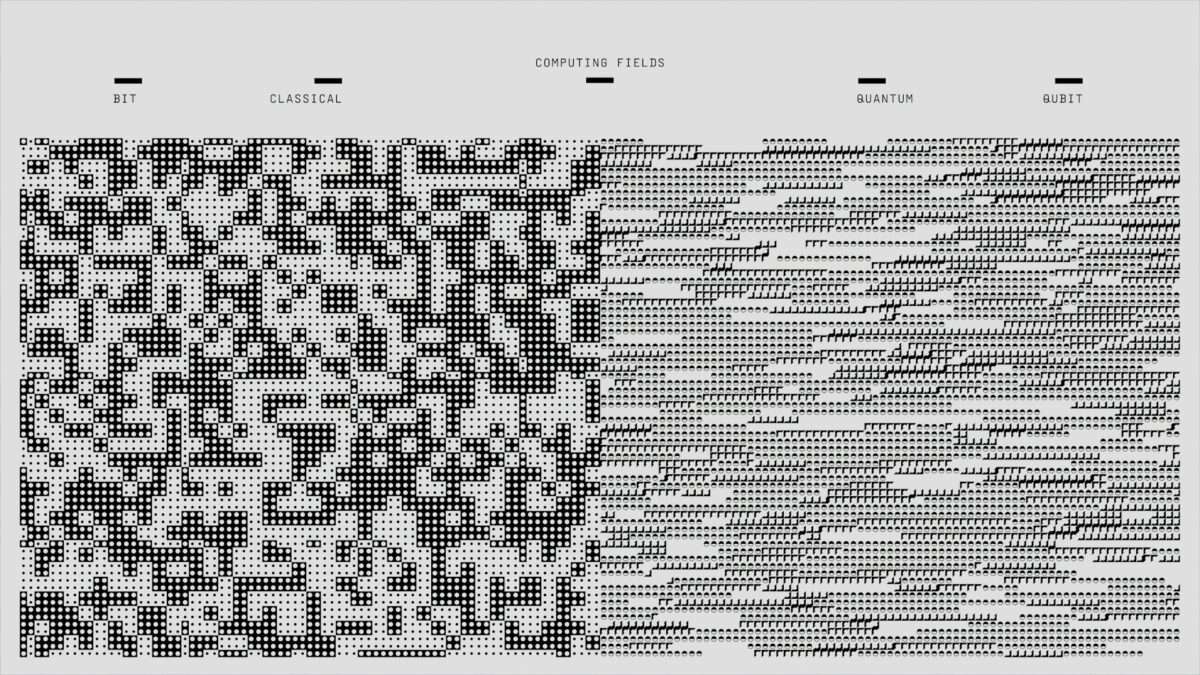Let’s face it: Few things are more deceptive in machine learning than a model that shows 99% (or even 100%) accuracy. Sure, on the surface, that number looks impressive. But just like a picture-perfect date, something might feel a little off, and often, it is.
That sparkling accuracy figure? It could be creating a false sense of success. More specifically, your model might have learned something all too well… but it’s the wrong thing.
What is Overfitting?
Picture this: You’re training a model to assess employee productivity, feeding it a thousand performance reports. And by chance, every report features a specific project that all employees worked on. The model then learns to correlate that project with efficiency, concluding that it’s a key indicator of performance.
The problem? The model didn’t learn the real factors that drive employee productivity. Instead, it memorized a pattern that happens to exist only within your training data, a phenomenon known as overfitting. In short, the model has become fixated on specific details that don’t generalize beyond your training set.
Why Overfitting Happens (and Keeps Happening)
Today’s machine learning models are incredibly powerful. Neural networks, random forests, transformers, the list goes on. These tools can model intricate relationships and patterns. But with all that power comes a risk.
When your dataset is small or filled with noise, the model can fall into the trap of overfitting. It starts memorizing every minute detail, even the irrelevant ones. The real kicker is that it won’t alert you about it. The model will return excellent results on training data, making you believe everything is working perfectly. But once the model is tested on new, unseen data, its performance often tanks, and by then, it’s too late to correct.
Overfitting typically happens because modern models have so many parameters. When faced with a limited or noisy dataset, they don’t just learn the general trends; they memorize all the random quirks and noise. This results in a model that’s highly specialized to your training data but lacks the flexibility to perform well on real-world data.
What Does Overfitting Look Like?
You’ll recognize overfitting when there’s a dramatic gap between your model’s performance on training data versus test or validation data. If your model is performing flawlessly on the training data but struggles on fresh data, that’s your red flag.
This indicates that the model isn’t learning the core patterns, it’s simply recalling answers from memory, having memorized the training examples instead of generalizing.
Important note: A high accuracy score doesn’t always mean overfitting. The real signal is the performance gap between training and test data. But other factors, such as dataset size and the relationships between features, also play a role in whether overfitting is occurring.
How to Avoid Overfitting
The good news is that overfitting isn’t a permanent problem. With some deliberate steps, you can minimize its effects. Here are a few strategies to keep your model’s performance in check:
1. Cross-Validation
Instead of relying on a single train-test split, cross-validation evaluates your model over multiple splits of the data. This helps reveal whether your model is genuinely performing well or just excelling with one subset of data.
2. Regularization
Techniques like L1 (Lasso) and L2 (Ridge) regularization can help combat overfitting. These methods add penalties to large coefficients, discouraging the model from becoming too complex and ensuring it focuses on the most important features.
3. Simplify Your Model
Sometimes, the issue is that your model is simply too complex for the task at hand. Reducing the number of layers in a neural network or limiting the depth of decision trees can help make your model more generalizable and less prone to overfitting.
4. Early Stopping
In deep learning, models may continue to improve on training data long after they’ve stopped performing well on validation data. Early stopping monitors your model’s performance on validation data and halts training once improvements plateau, reducing the risk of overfitting.
5. Dropout
For neural networks, dropout involves randomly deactivating neurons during training, forcing the model to develop multiple independent learning pathways. This prevents over-reliance on specific neurons and enhances the model’s ability to generalize.
6. More Data
When your training dataset is small, the model is more likely to memorize it. Feeding it with more diverse, real-world data helps the model learn patterns that hold up beyond the training set, improving generalization.
Conclusion
Overfitting is a common and natural issue in machine learning. It’s what happens when you let a powerful model get too comfortable with limited data. That 99% accuracy? Don’t be fooled, it could be a warning sign, not a victory.
So, the next time your model reports near-perfect results, take a step back. Ask yourself: Has it genuinely learned the structure of the problem, or is it just reciting answers from memory?
